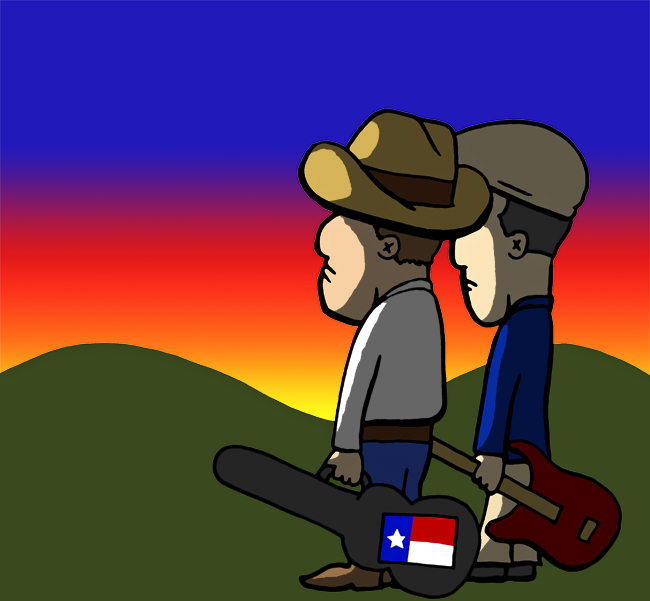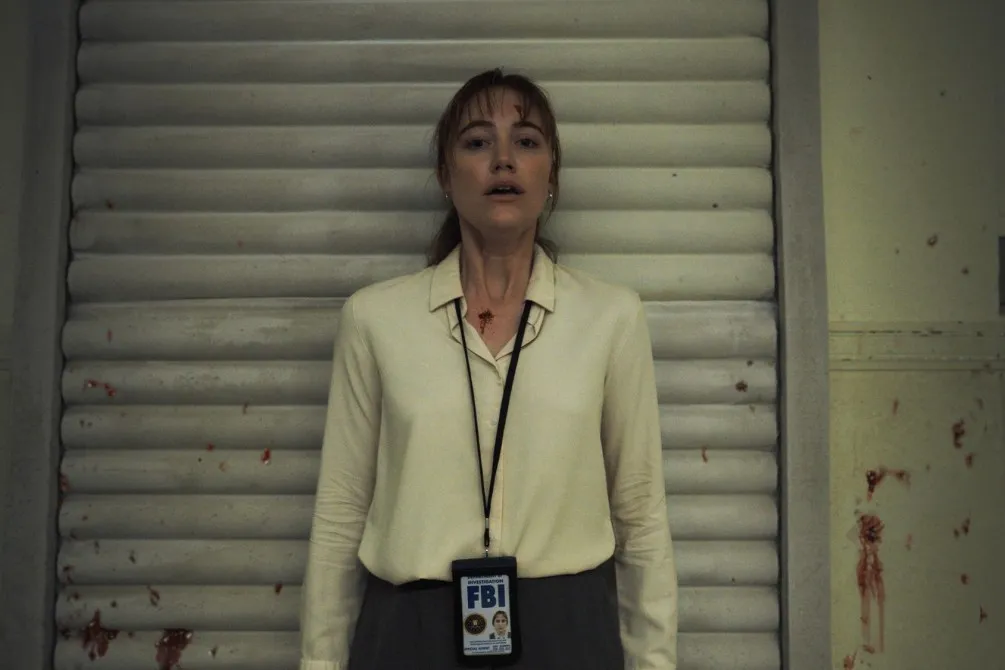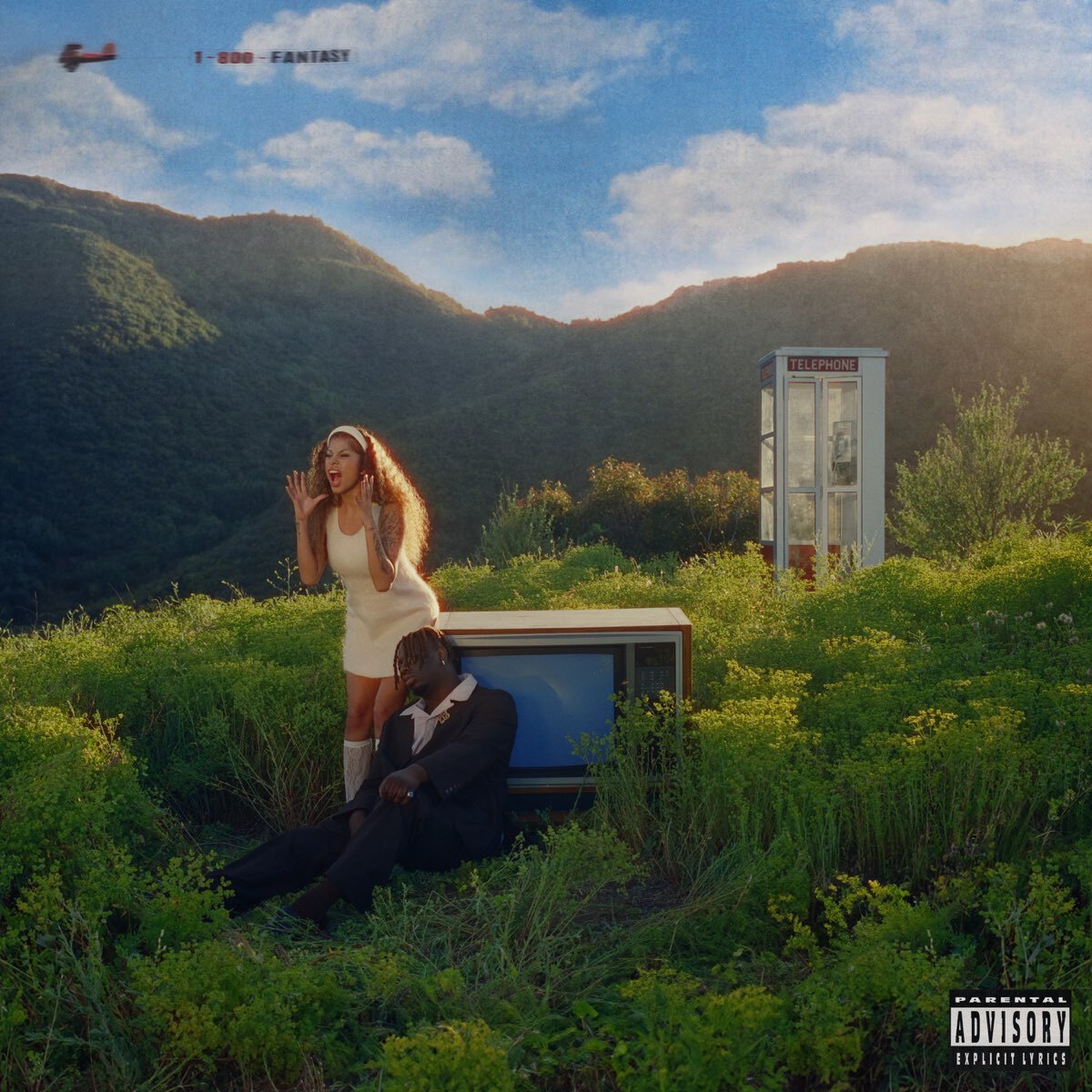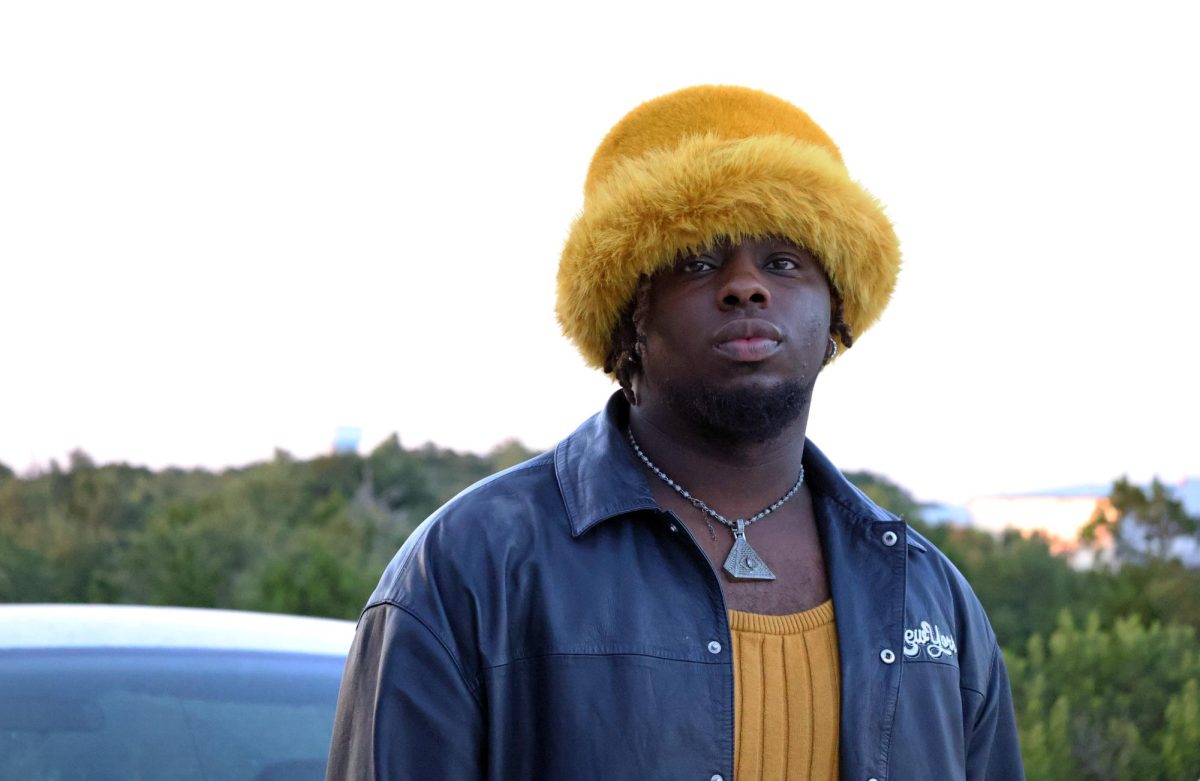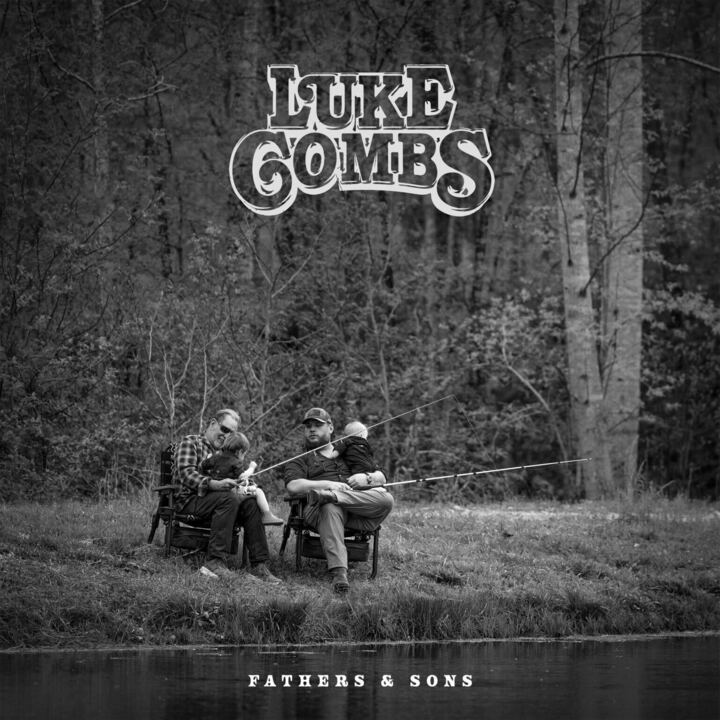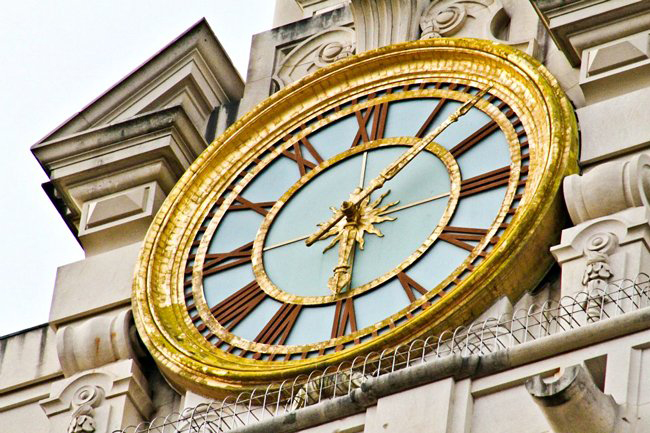The Republic of Texas only lasted for 10 years, but Texas’ spirit of independence will live on in its musicians forever. Texas, a long-time bastion for music, is the birthplace of thousands of famous musicians. In honor of Texas Independence Day, let’s take some time to recognize musicians who have made the Lone Star State proud.
Bob Wills, known as King of Western Swing during the 1930s and ’40s, created the Texas country style. Wills and his band, The Texas Playboys, sold millions of records across the U.S. while singing about historic Texas battles, locations, and the Texas spirit. “New San Antonio Rose,” Wills’ all-time best seller, exemplifies his musical genius. Although the lyrics were somber, Wills kept the feeling of the song upbeat and lively.
Willie Nelson, another famous Texas country singer-songwriter, helped reclaim country from the conservative performers in Nashville with his outlaw style. His 1975 album, Red Headed Stranger, clearly demonstrates Nelson’s audacity. Filled with stories of murder and redemption of the Old West, the album’s only moment of respite is “Blue Eyes Crying in the Rain,” which feels as wide open as Western Texas itself.
If there is one person who represents the Texas country sound today, it is George Strait. His discography is chock full of music professing his love for Texas, including “Amarillo by Morning,” “Somewhere down in Texas” and, most notably, “All My Ex’s Live in Texas.” Strait’s smooth sound embodies the spirit of modern Texas country.
In contrast to Strait’s style of Texas country, the Dixie Chicks’ bluegrass music is more laid back. They have sold over 30 million albums since 1989 and have won 13 Grammy Awards, including Album of the Year. The ties to Texas in their music are strong. On their very first album, the group’s song “West Texas Wind” tells a narrative of a traveler who wishes to come home to Texas.
With strong roots in African-American culture, Texas blues has become just as popular as Texas country. Blind Lemon Jefferson’s recordings, which incorporate an improvisational jazz style and simple guitar accompaniment, are some early examples of Texas blues. In the 1930s, Lead Belly used his multi-instrumental skills to tell stories of the Texas trains he heard pass by his prison daily. A decade later, T-Bone Walker’s music in the 1940s would pioneer the electric blues sound.
As the emerging rock scene in the 1970s and ’80s enthralled the rest of America, Austin’s own Stevie Ray Vaughan brought the Texas blues back into the limelight. In his debut album, Vaughan declared himself to be the best bluesman of modern times. “Texas Flood” is slow and dramatic, but Vaughan tears up the track with his dramatic guitar riffs. His influence on Texas still resonates today.
Gary Clark Jr., heir to the Texas blues throne, saw his career take off in the late 2000s. Clark, who was born and raised in Austin, has performed alongside blues royalty, such as Eric Clapton and B.B. King. He made a name for himself with his smooth vocals and improvisational guitar solos. “Gary Clark Jr. Live” is Clark’s defining moment, bringing both his original tracks and covers together to demonstrate the emotional dynamics of electric blues blended with contemporary R&B. Clark’s “Travis County” is based on a real-life run-in with Austin law enforcement.
From Vaughan to Sandy Cheeks, the influence of Texas is reflected in the work of its musicians.



